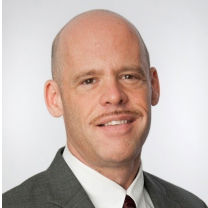 Peter Dailey is vice president and director of atmospheric science at catastrophe modeler AIR Worldwide.
Peter Dailey is vice president and director of atmospheric science at catastrophe modeler AIR Worldwide.
What is the forecast for the 2013 hurricane season?
AIR catastrophe models are not meant to forecast the frequency or severity of hurricanes in any particular season. Rather, they are intended to help insurance companies understand and manage their potential losses over a range of potential future seasons. That said, AIR does monitor seasonal predictions made by others and the broad consensus is for an above average number of named storms and an elevated number of those storms becoming hurricanes. These forecasts, in general, are in line with the forecast recently published by NOAA, which predicts 12 to 18 named storms (with maximum winds of at least 39 mph), of which 6 to 10 are predicted to become hurricanes (with winds of at least 74 mph).
Recommended For You
Want to continue reading?
Become a Free PropertyCasualty360 Digital Reader
Your access to unlimited PropertyCasualty360 content isn’t changing.
Once you are an ALM digital member, you’ll receive:
- Breaking insurance news and analysis, on-site and via our newsletters and custom alerts
- Weekly Insurance Speak podcast featuring exclusive interviews with industry leaders
- Educational webcasts, white papers, and ebooks from industry thought leaders
- Critical converage of the employee benefits and financial advisory markets on our other ALM sites, BenefitsPRO and ThinkAdvisor
Already have an account? Sign In Now
© 2025 ALM Global, LLC, All Rights Reserved. Request academic re-use from www.copyright.com. All other uses, submit a request to [email protected]. For more information visit Asset & Logo Licensing.








